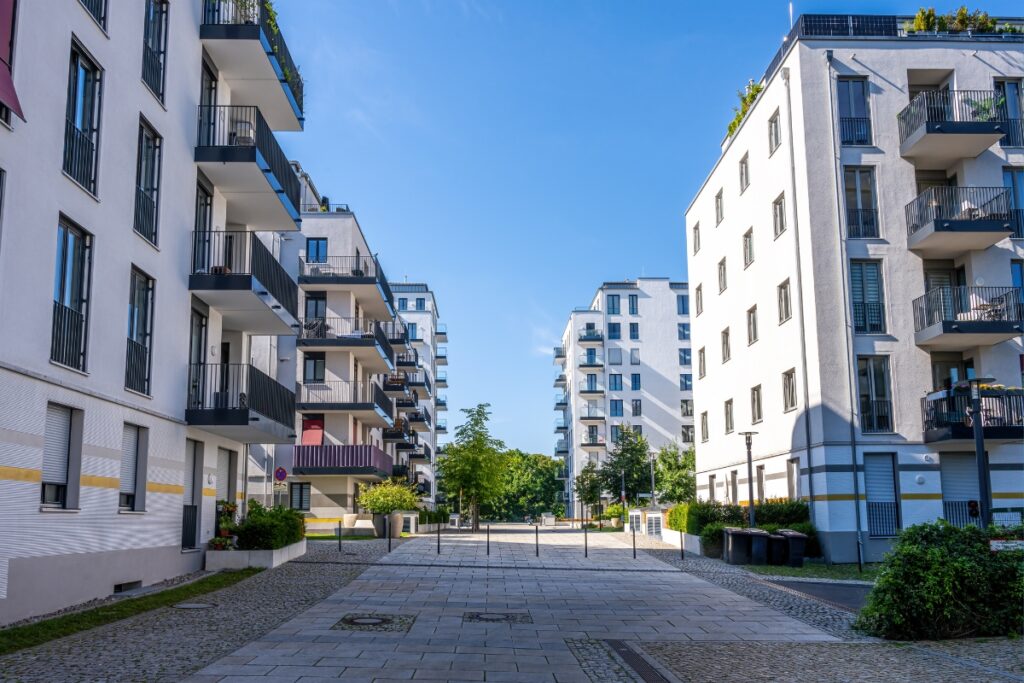This article explains that in NSW, the owners corporation, not the developer, is responsible for maintaining common property, even during the initial period before the first AGM.
Question: We are in stage 1 of a three stage development. What is the developer responsible for leading up to the first AGM? Should they maintain common property?
Our villa is one of six in Stage 1 of a three stage development. Stages 2 and 3, still under construction, are 15 townhouses in total.
The developer has employed a contractor to mow the common grass area around our six villas but is not maintaining hedges, pruning trees or removing weeds.
Should the developer maintain the common area until the Annual General Meeting in two months, after they have sold the required number of unit entitlements?
Since January 2024, we and the other five lot owners have been paying strata levies to a company chosen by the developer. Should we be paying levies before there is an AGM?
We are new to strata living and need reassurance that the developers have followed the correct procedure.
Answer: The owners corporation is responsible for the common property from the moment the strata plan is registered.
Understanding Developer Responsibilities and Strata Levies During the NSW Initial Period
When a strata plan is registered in NSW, an owners corporation is immediately formed, and it becomes the legal owner of the common property. From that moment, the owners corporation — not the developer — takes responsibility for maintaining and managing the common areas, such as mowing lawns, pruning hedges, and maintaining gardens. If you own a lot, you are part of the owners corporation, meaning decisions about common property directly affect you and other owners.
The period between registration and the first annual general meeting (AGM) is called the “initial period“. During this time, certain limitations apply to protect the owners’ interests, as the developer usually still owns the majority of lots. While the developer may arrange essential services, such as engaging a strata managing agent, the responsibility for maintaining common areas lies with the owners corporation.
Now, to address your specific concerns:
- Maintenance of Common Areas: The owners corporation, of which you are a part, is responsible for the upkeep of the common property during the initial period. Since the owners corporation owns the common property, it should be the entity engaging any suppliers or contractors for maintenance services. During the initial period before the first Annual General Meeting, the developer exercises all roles of the strata committee and provides day to day directions on behalf of the owners corporation on the maintenance of the common property. If the owners corporation did not engage the suppliers currently working on the common property, it’s important to clarify who authorised their work. If hedge trimming, tree pruning, or weed removal are not being addressed, you, as an owner, have the right to inquire and ensure proper maintenance is arranged by the owners corporation.
- Payment of Strata Levies: It is common for developers to choose a strata managing agent at the first general meeting after the owners corporation is formed (commonly referred to as the inaugural general meeting), where the developer still owns all of the lots. Strata levies are required from all lot owners to cover ongoing costs, even during the initial period. Since the owners corporation exists as soon as the strata plan is registered, it needs funds to pay for essential services like insurance, repairs, and maintenance. Raising levies before the first AGM is typical and lawful.
- First Annual General Meeting: The first AGM will be held once one-third of the total unit entitlements (calculated by unit entitlement, not number of lots) are sold. This is the meeting where you and other owners can take full control of the decision-making process, including reviewing service contracts, appointing suppliers, and electing a strata committee. It’s a critical point for shaping how your owners corporation will operate moving forward.
In summary, the owners corporation is responsible for the common property from the moment the strata plan is registered. While the developer may have arranged services, it’s essential to ensure that these services meet the needs of lot owners like yourself. Additionally, strata levies are necessary to ensure the owners corporation can meet its financial obligations, even before the first AGM. The first AGM will provide you with the opportunity to take a more active role in managing these arrangements.
If there are gaps in the current maintenance or if you have concerns about the services being provided, you and your fellow lot owners can raise these issues through your strata managing agent or directly with the committee (the nominated developer representative) and take steps to ensure the common property is properly managed.
Tim Sara and Stuart Denney Strata Choice E: tsara@stratachoice.com.au P: 1300 322 213
This post appears in Strata News #720.
Have a question or something to add to the article? Leave a comment below.
Read next:
- NSW: Q&A Improving Strata Committee Communications
- NAT: Not covered for Flood? Here are some things you need to know
Visit Strata By-Laws and Legislation OR NSW Strata Legislation pages.
Looking for strata information concerning your state? For state-specific strata information, take a look here.
Are you not sure about some of the strata terms used in this article? Take a look at our NSW Strata Glossary to help with your understanding.
After a free PDF of this article? Log into your existing LookUpStrata Account to download the printable file. Not a member? Simple – join for free on our Registration page.
